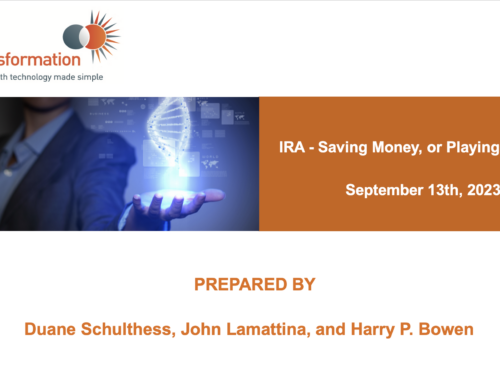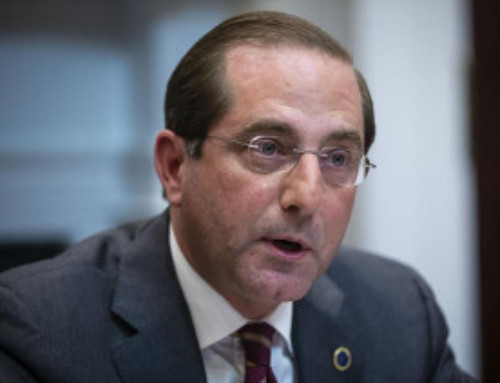While Europe is focused on large-scale national and regional health IT projects, the mobile health apps market of the US is a catch-as-catch-can of Angry Birds disruptive innovation.
Duane Schulthess
The international Healthcare Information and Management Systems Society conference (aka HIMSS 14) kicked off on Sunday February 23rd, bringing together over 30,000 health care IT professionals, clinicians, executives and vendors under the Orlando, Florida sun. The opening day of HIMSS is dedicated to educational seminars, and one of the most widely anticipated sessions of the conference was the sold-out mHealth session, moderated by Wendy Currie, Editor of Health Policy and Technology.
The opening keynote was delivered by Bakul Patel who heads FDA’s initiatives on mHealth strategy, policy and regulation. He eloquently summed up mHealth in one sentence that encapsulates the vision behind the technology in saying, “mHealth is about taking care of patients 100% of the time”.
While Europe may be championing E-health implementations in a very top-down fashion, in America, mobile apps are driving a very messy ‘wild-west’ approach to mHealth at the margins of FDA’s regulatory ability. While the desire to monitor and measure patient health in real time is certainly the overriding goal of mHealth, FDA’s Patel outlined the difficulties of regulating the fast-moving sector and challenges companies will face trying to carve out a revenue model.
Currently, most mobile apps are not considered medical devices and fall outside of FDA regulation as long as they conform to basic guidelines. Yet, by 2015, FDA is predicting 500 million users of the over 17,000 health apps now out in the marketplace; their pace of development is also increasing.
How this mish-mash of competing app solutions will emerge as a coherent sector is unknown, as is a cogent regulatory solution. FDA is standing on the sidelines letting the mobile app market play out except in those cases where it acts directly as a medical device. This leaves the mobile app sector in the US a chaotic jumble of strategies, opinions and platforms all competing furiously for market share and traction.
The HIMSS14 mHealth session brought together numerous thought-leaders in the field of medical data. Marc Berger, VP of Real World Data and Analytics of Pfizer, cited a study that showed when patients have access to their health data, 91% of the time they are willing to share that data to benefit research. Berger also pointed out that, ”A good HIT system is not going to get the problem solved, we need to restructure how we collect the data to put it into a structure we can use and need.” What that structure will eventually be, given the dynamism and innovation that is occurring in health apps, is anybody’s guess. [1] Weitzman, E., Kaci, L., Mandl, K.D. “Sharing Medical Information for Health Research: The Early Personal Health Record Experience” J. Med. Internet. Res. 2010, 12(2):e4




